Clea Simon's Blog, page 25
January 6, 2020
“I could not put the book down…”
Review of An Incantation of Cats posted today on the MWA Raven Award-winning book blog Dru’s Book Musings:
“This was an enjoyable, fast-paced and well-written drama that quickly became a page-turner, as I could not put the book down. The heart of this story is told from the perspective of the felines, who if I didn’t know, acted just like their human counterparts. The mystery was nicely executed with a few surprises and twists that enhanced my reading pleasure. All in all, a good and exciting read that kept me engaged throughout.”
Read the full post here.
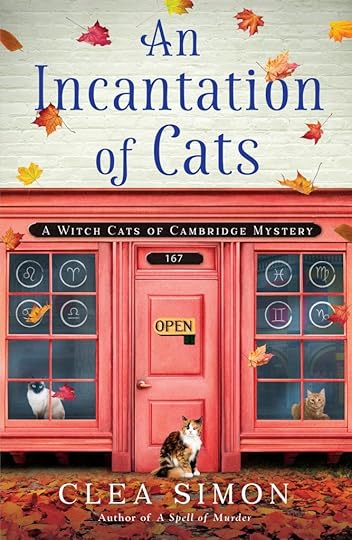
January 5, 2020
Five Questions with Triss Stein
Triss Stein and I have been colleagues for years, via Poisoned Pen Press, and I’ve always enjoyed seeing her at conferences such as Bouchercon. Although I’m no longer a New Yorker, I’m still referring to her hometown when I say “the City,” and I love hearing about her new books, each of which focuses on a different section of Brooklyn, With her new mystery, Brooklyn Legacies, Triss takes us to Brooklyn Heights, with a compelling case that I’ll let her explain…
How does a book start for you?
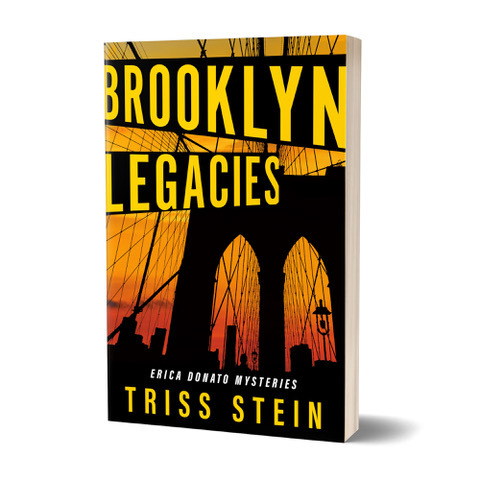
Place and history, always. Brooklyn is a great big city that is a quilt of many discrete neighborhoods. Some of them feel like small towns and all of them have their own histories, both proud and tragic, and current issues, both heated and trivial. Is there a link between the historical and the current? In my books, always. With constant change being feared, resented and welcomed, often simultaneously, there is no shortage of conflict. So far I have written about Park Slope before it became trendy; gorgeous Green-Wood Cemetery; distinguished, neglected, then reborn Brooklyn Navy Yard, and hard-times Brownsville.
Who in your latest book has surprised you most – and why?
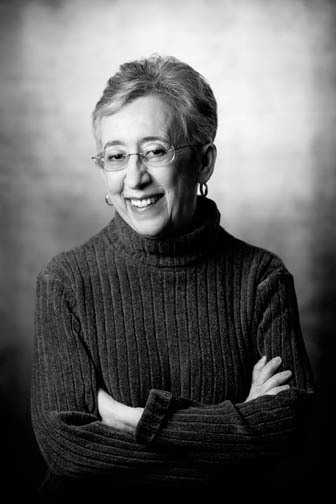
Willow Lief. Her real name? Good question. She was meant to be a source of information, an elderly link between past and present crimes. Instead she became a mysterious, mystical (maybe?), devious character with her own secrets. And any more would be a spoiler.
When and/or where is your latest book set and is there a story behind that setting?

Present day Brooklyn Heights, the neighborhood of Brooklyn directly across from Wall Street. There are quaint streets, spectacular views and many societies living in often uncomfortable proximity. Heated political conflict. Some legends – yes, the Brooklyn Bridge was sold to naïve newcomers and more than once!- and some famous people, including Henry Ward Beecher,Truman Capote, Norman Mailer and Gypsy Rose Lee. Picking the right story of many for this book was the first challenge.
What are you working on now?
I am experimenting with several new ideas: upstate New York on the Canadian border, where the rural beauty does not hide the tough times; big and small crime in New York’s superheated real estate world; a famous, controversial business setting where I worked for many years.
Which question didn’t I ask you that I should have?
How about: You write about Brooklyn. Is that your home town?
The answer is: Not at all, though I’ve lived there for many decades. I grew up in New York’s dairy farm country, but city life always beckoned. When I worked for the Brooklyn library system, every new neighborhood was a revelation,packed with fascinating history, current fears, and quirky residents. I hope my different background gives me objectivity, and my years here give me on-the-ground knowledge.
Triss Stein is a small–town girl from New York state’s dairy country who has spent most of her adult life living and working in New York city. She herself is inspired by Brooklyn’s ever-changing, varied neighborhoods and their rich histories, and her urban historian heroine, Erica Donato, has reasons to ask questions all over her native borough. In Brooklyn Legacies, a chance encounter draws her to the quaint streets and deep conflicts of historic Brooklyn Heights.
Triss’s earlier titles and their settings are: Brooklyn Bones (Park Slope); Brooklyn Graves (Green-Wood Cemetery, Brighton Beach); Brooklyn Secrets ( Brownsville); Brooklyn Wars (Navy Yard).

December 31, 2019
Books to look forward to in 2020!
New year, new books! I always like to say that books don’t get stale. That means there’s no reason not to read an older book (an old favorite like Hilary Mantel’s A Place of Greater Safety or one I didn’t get to, such as Ocean Vuong’s On Earth We’re Briefly Gorgeous ). But there is going to be a whole new crop of great reads. I’ve gotten to read advance copies of some, while others I’ve merely heard about.

Remembrance by Rita Wood (January). A stunning debut historical novel that mixes magical realism, faith, and quantum mechanics with a story about the Underground Railroad. (January)
Tyll by Daniel Kehlmann (February) This imagining of a real life for the trickster character Tyll Ulenspiegal takes us through the bloody faith wars of 17th Century Northern Europe on a tightrope.
The Henna Artist by Alka Joshi. (March) A woman on her own in 1950s Jaipur juggles secrets to survive.

The Mirror and the Light by Hilary Mantel (March). In which Mantel brings her truly wonderful Cromwell trilogy to a close. Sigh… I cannot wait, and yet…

Trace Elements by Donna Leon (March). Brunetti is back! And sometime soon that book of Laura Lippman essays has to come out, right?
And, of course, An Incantation of Cats (out Jan. 14). I had to include my second “Witch Cats of Cambridge” cozy! This book was a labor of love, and I so enjoyed letting my characters – feline and human both – grow and learn. I hope you do too!
What books are you looking forward to?
December 30, 2019
Favorite reads of 2019
This past year was the first in ages when I didn’t have a new book out. I haven’t stopped writing. Far from it!* But it did give me a bit of a breather in which to read – and now to talk about other’s books.
Therefore, in the spirit of the season, I’m giving my very very unscientific “favorite reads of 2019” list. This isn’t a “best of,” far from it. I’m sure I’ve left off dozens of wonderful books (including books I adored but have simply forgotten in all the holiday hoopla). In addition, so many friends and fellow area crime writers have published this year that I’m actually trying NOT to include those – ideally, you’ve read their “five questions” interviews on this blog. And some 2019 books I know I want to read (Steph Cha’s Your House Will Pay, I’m looking at you) are still on my TBR pile. Still… here’s a list, maybe with some books you hadn’t heard of! Won’t you share yours?

Costalegre by Courtney Maum. Sometimes you can tell a book by its cover. I picked up this fantastic little novel because of it’s beautiful jungle cover, complete with tiger. I discovered a story of artists in exile inside, complete with madness and beauty.
The Long Call by Ann Cleeves. The first book in a new series by a long-time favorite, full of insight into what makes people (including murderers) tick.
Marilou is Everywhere by Sarah Elaine Smith. A moody coming-of-age novel that posits that sometimes you can best become yourself by trying on someone else’s identity. A stunner.
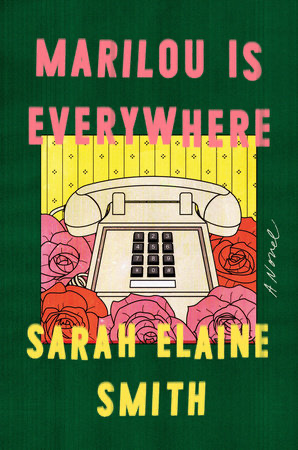
[image error]
New Iberia Blues by James Lee Burke. Dave Robicheau and Clete return.
Heaven, My Home by Attica Locke. Locke brings the characters of Bluebird Bluebird back and considers the meaning of justice.
Metropolis by Philip Kerr. A farewell and a beginning from a master, who had the grace to tie it all up before he left. Philp – and Bernie Gunther – will be missed.
My Sister, the Serial Killer by Oyinkan Braithwaite. A new voice who makes the absolutely horrible sound quite reasonable. But… families, you know?
Miraculum by Steph Post. My introduction to fellow Polis Books author Post was this wonderfully odd, mystical historical, set in a small touring carnival in1923 – think “Freaks” for the new age…
The Institute by Stephen King. A throwback? Sure, but I couldn’t put it down.

How to Be a Good Creature by Sy Montgomery. OK, this came out at the end of 2018, but I didn’t discover it until this year. This collection of tales (and tails) concern the animals we love, and some we don’t, all of which have something to share. Just beautiful.
*My beloved An Incantation of Cats comes out in January. Because it isn’t holiday related, we made the decision to bump it from December to give it a better shot. I also have some other projects in the works… more as they develop.
December 29, 2019
Five Questions with Sharon Daynard
How does a book start for you?
Ideas for my stories come from the strangest places. Sometimes it’s a phrase that strikes me as “off” because it can be taken a number of ways. The phrase “a fortune to be had” sparked a story about a swindling fortune teller who becomes the victim of a con. Other times, it’s a line in a song playing on the radio that jump-starts a what-if. My short story “Black Coffee in Bed” came about from the Squeeze song. And of course there are the visual cues that take on a life of their own. Watching Nathan’s Famous Fourth of July Hot Dog Eating Contest gave me the idea for “A Glutton for Punishment.” And for Murder Points North, the perfect murder weapon came to me, oddly enough, while giving a hands-on lecture to a group of boy scouts.
Who in your latest book has surprised you most – and why?
In Murder Points North, the character of Kiki Ring surprised me the most. I added Kiki’s character for a bit of levity. Kiki considers herself a psychic. My protagonist, Liesl Alan, along with and most of Points North, writes her off as a kook and a gossip. Even I thought of Kiki as a ditz with D cups, but as the story progressed, she proved there was a bit more to her “gifts” than anyone realized.
When and/or where is your latest book set and is there a story behind that setting?
Murder Points North is set in the fictional village of Points North in New Hampshire’s White Mountains during the holiday season. Despite it being December, the region is experiencing an Indian summer without as much as a token snow flurry in the long-term forecast. Considering this is “snow country,” the scenario is set for somebody to snap with deadly results.
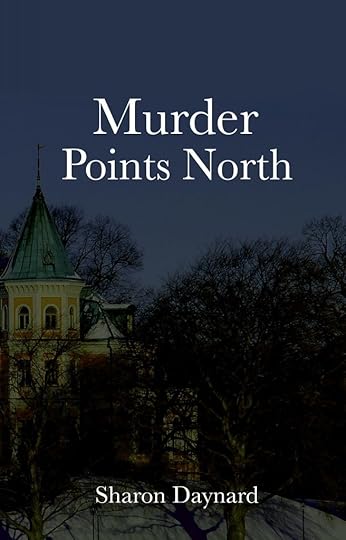
I’m sure it’s pure coincidence that I eloped on Christmas Eve and honeymooned in the White Mountains…
What are you working on now?
I’m working the second installment in the Points North series. It takes place over Valentine’s weekend with Liesl Alan attending a speed dating charity event that goes terribly wrong.
Which question didn’t I ask you that I should have?

I thought you would’ve asked me why Liesl Alan is a geologist. Like my protagonist, Liesl Alan, my degrees are in geology. My favorite subject as an undergrad was Mineralogy. I particularly enjoyed the challenge of identifying rock and mineral samples. When writing Murder Points North, the similarity of IDing a rock or mineral and solving a murder wasn’t lost on me. With a rock or mineral you start with one sample and a long list of possibilities. You narrow that list down based on hardness, luster, color, streak, specific gravity and cleavage to determine what your sample is. With a murder your amateur sleuth has a long list of suspects and based on motive, means, and opportunity, you systematically narrows that list down to one person—the killer.
Sharon Daynard’s writing runs the gamut from light and quirky to downright dark and troubling. Her debut novel, Murder Points North, takes a humorous spin on murder in a small town. Her short stories include “The Boss of Butlers Square” which received Honorable Mention for the Al Blanchard Award and “Widows Peak” which was nominated for a Derringer Award.
December 22, 2019
Five Questions with Tom Piazza
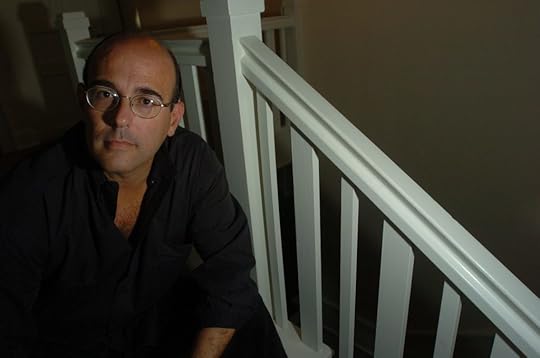
Usually for me a book starts with an image, a situation, dialogue that I can hear, something already in progress. Almost never does anything worthwhile start with a Big Idea. I can’t make a plan, figure out characters in advance, and then just execute the plan. I can’t see the point in writing a book that way. But I know plenty of writers who do — good ones, too.
2. My most recent novel, A FREE STATE, actually did start with a plan, which I had to dismantle completely before the thing came alive. But it really came alive, to the extent that everybody in the book surprised me. I had to let them surprise me, or the book would have been dead on arrival. That book was a very spooky experience to write, but I guess they all are. Maybe without revealing too much I can say that the narrator of the final chapter probably surprised me the most, just by appearing.
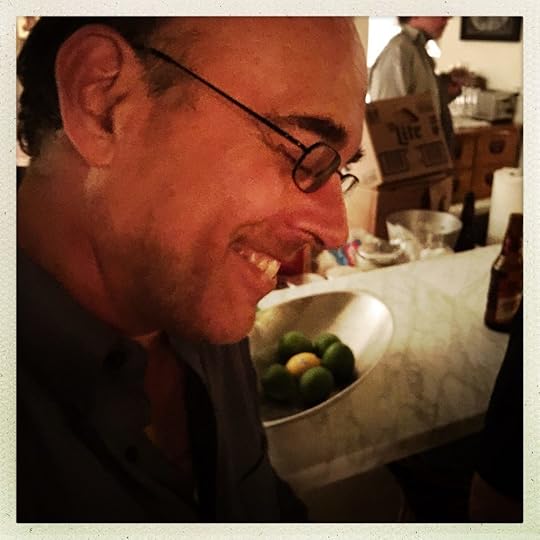
3. A FREE STATE is set in Philadelphia, mostly, in 1855, and it deals with the moment when the argument over slavery was coming to a boil at the same time that blackface minstrelsy was the dominant form of popular entertainment. The central character is an escaped slave who is also a very brilliant musician. I had started playing banjo, which is really an African instrument, at its root, and doing a lot of reading about the history of the instrument. In one of those histories I saw an ad reproduced, which had been placed by a slaveowner, offering a reward for the return of his “property,” and in the description the escaped man was described as being “very proficient on the banjar.” I thought — there you have it — a man whose greatest talent is his greatest vulnerability. The story grew from that.
4. Right now I am about a year into work on a brand new novel; I guess it would be fair to say that it is my most ambitious book yet. We’ll see how I feel about it by the end! I’m hoping to have it done by the fall.
5. Who am I reading right now? Glad you asked! Melville, Whitman, Emerson, Harriet Beecher Stowe, Frederick Douglass and Mark Twain, not necessarily in that order. But I’d be lying if I said Melville isn’t my main man.
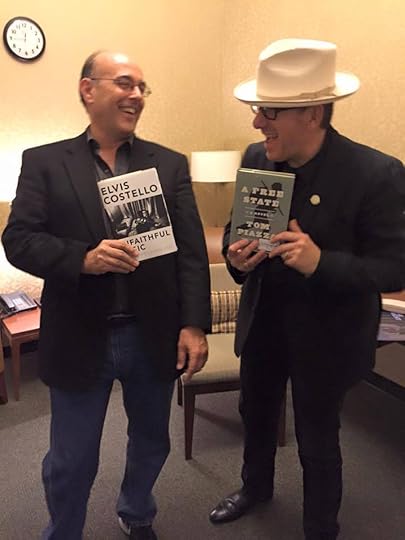
Tom Piazza is celebrated both as a novelist and as a writer on American music. His twelve books include the novels A Free State and City Of Refuge, the post-Hurricane Katrina manifesto Why New Orleans Matters, and the essay collection Devil Sent The Rain: Music and Writing in Desperate America. He was a principal writer for the innovative HBO drama series TREME, and the winner of a Grammy Award for his album notes to Martin Scorsese Presents The Blues: A Musical Journey. His writing has appeared in The New York Times, The Atlantic, Bookforum, The Oxford American, Columbia Journalism Review, and many other periodicals. He lives in New Orleans.
Happy Chanukah!
Chanukah starts at dusk tonight, kicking off eight nights of festivities. As a perpetual procrastinator, I’m so glad it’s late this year – bridging Christmas and the beginning of Kwanzaa too. So happy holiday season everyone, whatever you celebrate!

December 19, 2019
Looking for a good book?
Sisters in Crime New England solicited reading suggestions from all of us. Here’s the list. Enjoy!
If you’re looking for a signed copy of any of mine, both Harvard Book Store and Porter Square Books have copies. Call to make sure you get a signed one – they both ship!
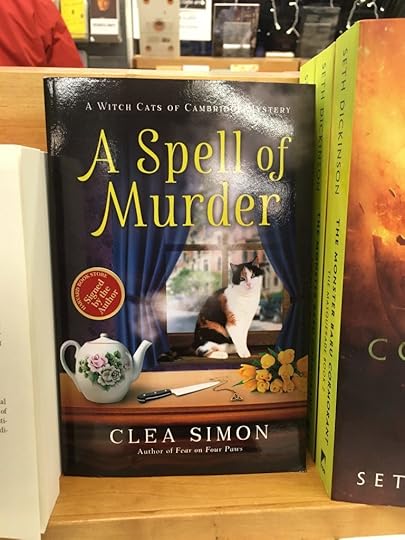 On the “new in paperback” table at Harvard Book Store
On the “new in paperback” table at Harvard Book Store
December 18, 2019
Jezebel gets (cat) cozy!
For Cats Week, Jezebel tackles the concept of the cat mystery – and interviews yours truly. ..

“You’re always going to go home and tell your cat what happened.” Simon theorizes that maybe we’re following in the footsteps of an iconic detective duo, Sherlock Holmes and his sidekick Dr. Watson. But don’t get arrogant and assume that the human is the brilliant detective: “Maybe we’re more the Watson, and the cats are more like Sherlock Holmes.” … read the whole article here.
December 15, 2019
Five Questions with Art Taylor
I first encountered Art Taylor through his work. His story, “English 398: Fiction Workshop,” was one of hundreds I and my colleagues read while judging the short fiction entries for last year’s Edgar Awards, and while there were many (so many) wonderful entries, Art’s stood out. (My colleagues agreed. The story, published in Ellery Queen Mystery Magazine, won.) When I met Art and his wife, novelist Tara Laskowski, at Malice last year, I found he was a lovely person as well (as writers of crime fiction often are – do we work out our worst impulses on the page?). At any rate, that just made me happier to introduce him here.
How does a story start for you?
 Art Taylor
Art TaylorThe sparks for my short stories come from various places: travel, dreams (or nightmares), overheard conversations, even other stories and books triggering something in my imagination. With “The Boy Detective & the Summer of ’74,” the idea for the story came from a specific event in my childhood: a large animal bone some friends and I found in their backyard—a bone that got plopped down complete into a story I first drafted during my early years as a writer. Surprisingly to me as well, that story had a long path toward publication: What was a 3,500-word draft in 1994 (the earliest file I’ve found—on a floppy disk, in fact!) grew and shrank in many different forms until it found publication, more than a quarter-century later, as a 11,000-word-plus novella in the January/February 2020 issue of Alfred Hitchcock Mystery Magazine.

Who in your latest story has surprised you most—and why?
While the questions surrounding the strange bone keep the plot in motion, “The Boy Detective & the Summer of ’74” is basically a coming-of-age tale about Cooper Hobbes, the two boys next door who are his best friends, and the new girl in the neighborhood: Christine, herself a mystery for Cooper to figure out.
Over those 25 years I kept tinkering with this story, Christine’s role shifted slightly—not only her role in the plot but also who she was as a character, as a person. In an earlier version of the story—when it became one strand of a full-length novel I tried to finish—I included a scene with her all grown-up, many perspectives earned. I wish there had been a way to include that glimpse of her in this final novella, but a lot left had to be left on the cutting-room floor, clearly.
When and/or where is your latest story set and is there a story behind that setting?
“The Boy Detective & the Summer of ’74” is set in rural North Carolina, in a small town—a small self-enclosed neighborhood within that small town—that looks very much like the neighborhood where I grew up in Richlands, NC—geographically, at least. But beyond basic geography and the layout of the neighborhood, similarities end pretty quickly.
My hometown was a great place to grow up in, a warm and generous community, both then and now. The conflicts inherent in the story—long-standing sexist attitudes and the long legacy of racial prejudice—don’t draw directly from anything I ever experienced or witnessed during my own youth. Instead, those conflicts come from having studied and thought about Southern history, culture, and literature from a more distant perspective: in boarding school, at college, and in graduate school (with only that last bit of my educational career back in North Carolina itself).
The South is a complicated place, and while my story doesn’t deal directly with the full burden of Southern history (as C. Vann Woodward called it), that’s the backdrop against which much of it unfolds.
What are you working on now?
My writing is a mess these days, honestly. I’ve got three major projects in various stages of completion (read: various stages of incompletion), and I don’t know which one to pursue to the end. They’re each very different: a boarding school novel—dark and noir-ish—that draws on my own years in boarding school; a more traditional mystery revisiting the father and son characters from my stories “A Drowning at Snow’s Cut” and “Better Days” (the latter published earlier this year in EQMM’s May/June 2019 issue); and then another novel featuring the reclusive owner of a used bookstore and a young woman who discovers more mystery than she’d bargained for while browsing his shelves.
Which question didn’t I ask you that I should have?
“You and your wife, Tara Laskowski, are both writers. Do you think your son, Dashiell, will follow in your footsteps?”
Dash turns eight this month, but he’s already been to more book events—readings, signings, library programs, and conferences—than we can count. One morning in pre-school he kept trying to tell his teacher he’d been to a book launch and got confused when she didn’t understand what he meant. (“You went to lunch and brought a book?”—that’s what she asked.) And he now has his own collection of badges from Malice Domestic—an event he looks forward to each year.
Fortunately, he finds it all exciting, and he’s embracing both the writing life and the writing itself. One morning, Tara and I were walking him to school, and he kept rushing us along, because if he got into his room early enough, he could work on the book he was writing—a chapter a day!—before class got started. (We’ve read that book now, and it’s great.)
Rather than asking whether he’ll follow in our footsteps, I need to start following his: drive, enthusiasm, and not a hint of self-doubt. I wish my own writing went so smoothly!
Art Taylor is the author of On the Road with Del & Louise: A Novel in Stories, winner of the Agatha Award for Best First Novel, and of the collection The Boy Detective & the Summer of ’74 and Other Tales of Suspense, forthcoming February 2020 from Crippen & Landru. His short fiction has won the Agatha, Anthony, Derringer, Edgar, and Macavity Awards. He teaches at George Mason University. Find out more at his website: www.arttaylorwriter.com.



